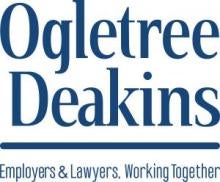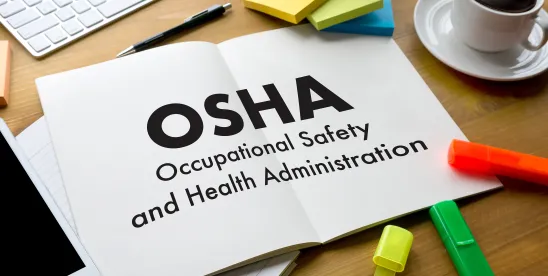The second term of President Donald J. Trump started with a flurry of executive orders, presidential memoranda, and directives, some of which were signed on January 20, 2025, shortly after he took the oath of office.
While the Occupational Safety and Health Administration (OSHA) is not mentioned by name in those presidential documents, it will feel the impact of requirements outlined in several. In particular, several proposals for new OSHA standards or revisions to existing OSHA standards made during the last years of the Biden presidency will be impacted.
Quick Hits
- On January 20, 2025, President Trump issued a presidential memorandum, “Regulatory Freeze Pending Review,” directing “all executive departments and agencies” to refrain from proposing or issuing “any rule in any manner” until a department or agency head appointed or designated by the president reviews and approves the rule.
- It immediately withdraws any rules that have been sent to the Office of the Federal Register but have not yet been published.
- The memorandum’s directives apply to a broad range of OSHA activity, including rulemaking related to “Heat Injury and Illness Prevention in Outdoor and Indoor Work Settings” and the “Emergency Response Standard.” OSHA’s “Walkaround Rule,” recent Hazard Communication Standard updates, and the most recent updates to OSHA’s recordkeeping rules would appear not to be affected.
Executive action related to new and pending rules is not unique to this administration but instead has almost become a standard practice for an incoming president. The “Regulatory Freeze Pending Review” memorandum states, in pertinent part, the following:
(1) Do not propose or issue any rule in any manner, including by sending a rule to the Office of the Federal Register (the “OFR”), until a department or agency head appointed or designated by the President after noon on January 20, 2025, reviews and approves the rule. […]
(2) Immediately withdraw any rules that have been sent to the OFR but not published in the Federal Register, so that they can be reviewed and approved as described in paragraph 1….
(3) …[C]onsider postponing for 60 days from the date of this memorandum the effective date for any rules that have been published in the Federal Register,or any rules that have been issued in any manner but have not taken effect, for the purpose of reviewing any questions of fact, law, and policy that the rules may raise.
The directives apply to “rules,” broadly defined to include a wide range of agency actions and terms, including:
- “rule[s],” as defined by the Administrative Procedure Act;
- “regulatory action,” as defined in section 3(e) of Executive Order 12866 of September 30, 1993 (“Regulatory Planning and Review”), as amended; and
- “guidance document[s],” as defined in section 2(b) of Executive Order 13891 of October 9, 2019 (“Promoting the Rule of Law Through Improved Agency Guidance Documents”).
The presidential memorandum states that its requirements apply to “any substantive action by an agency (normally published in the Federal Register) that promulgates or is expected to lead to the promulgation of a final rule or regulation” and “any agency statement of general applicability and future effect that sets forth a policy on a statutory, regulatory, or technical issue or an interpretation of a statutory or regulatory issue.”
Squarely within the parameters of this executive action are OSHA’s “Heat Injury and Illness Prevention in Outdoor and Indoor Work Settings” rulemaking and the “Emergency Response Standard” rulemaking. Neither of these proposals was expected to survive the change in administrations resulting from the 2024 presidential election.
Rulemakings in process that the memorandum’s directives will not directly impact include the “Prevention of Workplace Violence in Healthcare and Social Assistance” rulemaking, the proposed infectious disease standard for the healthcare sector, the proposed tree care standard, the communications tower safety standard, and revisions to the process safety management standard. Other rulemaking that will not be impacted include the so-called “Walkaround Rule,” the recent Hazard Communication Standard updates, and the most recent updates to OSHA’s recordkeeping rules.
Similarly, until the sixty-day period mentioned in the presidential memorandum expires, employers should not expect that any pending standard interpretations or other guidance will be forthcoming from OSHA.



 />i
/>i

